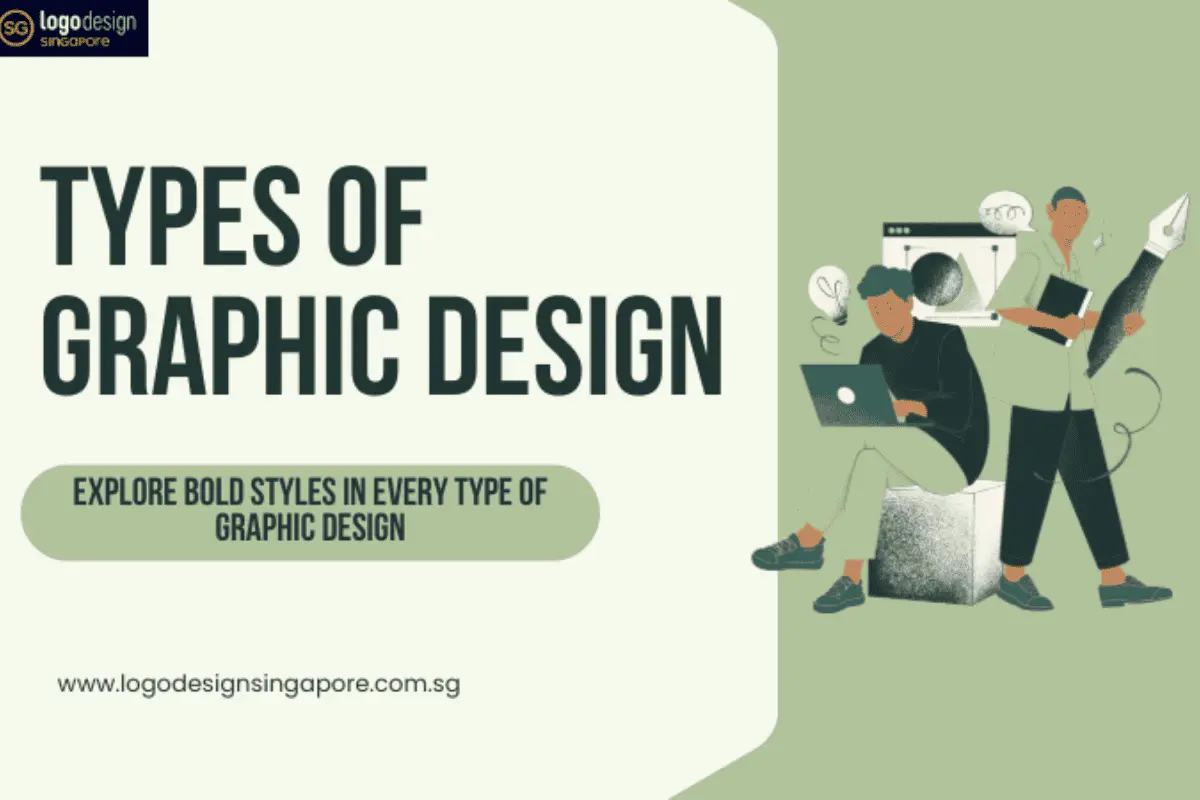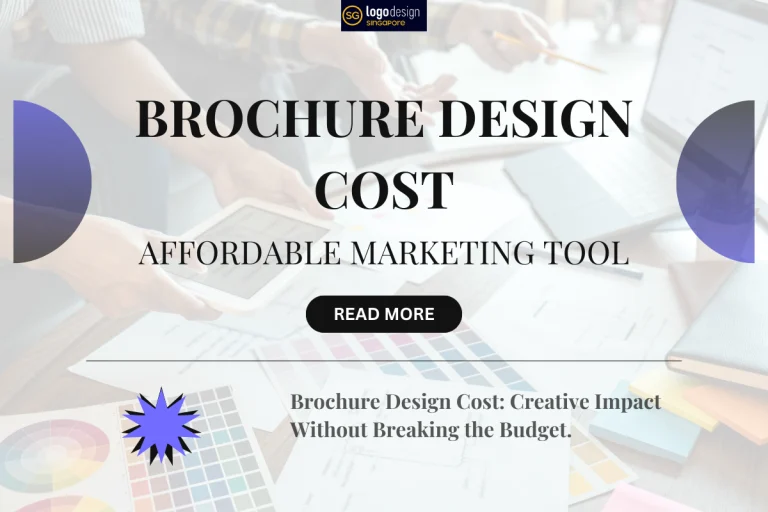7 Types Of Graphic Design You Need To Know

Graphic design is visually composed to communicate ideas through various forms of art, including typography, imagery, color, and form. It is a basic definition of graphic design, but what does it actually involve? Graphic design involves various types, each serving a distinct purpose. You would need a specific design for each purpose. Each type of design area requires a particular set of skills and artistic techniques to create expert designs that effectively reach the target audience. Let’s explore the various kinds of graphic design and their respective purposes.
Exploring the Creative Spectrum Of Graphic Design
There are seven basic types of graphic design, each serving a different purpose and used to deliver something unique. Every designer specializes in different areas of graphic design, yet some are experts in multiple types. It is a diverse field of art that combines creativity and vision to deliver styles that communicate. Each one is shaped differently, in terms of how we can interact with visual content. These graphic design areas serve every aspect of creative communication with the consumers, from branding to marketing and awareness. You can hire logo designers, visual artists, or acquire cheap e-commerce web design services. It all depends on what you need.
Here are the seven different types of graphic design.
- Visual identity graphic design
- Marketing and advertising graphic design
- User interface (UI) graphic design
- Publication graphic design
- Packaging graphic design
- Motion graphic design
- Environmental graphic design
Visual Identity Design
A brand identity is the way a brand communicates with its audience, using a specific tone and personality to be memorable and build an emotional connection through the experience it provides. Visual identity graphic design caters to and designs what a brand needs to convey to its consumers. The elements of brand identity that become the face of the brand are essential assets for a brand. Designers collaborate with firms to create a unified identity, incorporating logos, typography, colors, and images that reflect the brand’s essence. Designers also provide clients with mockups of standard business cards and stationery sets to ensure consistency in their future designs.
Marketing & Advertising Graphic Design
A company’s reach to the audience depends on the efforts it puts into marketing. Promotion is the essential way to reach and engage with the right audience based on their wants, needs, and level of awareness, to provide them with the satisfaction they derive from a product or service. Marketing, advertising, and graphic design play a crucial role in promoting a product, service, or brand creatively and engagingly, as people find graphic communication more interesting, making it an effective and engaging approach. These specific designers collaborate with marketing managers, directors, and owners to create compelling promotion strategies. Here’s a list of marketing design areas that can help a brand excel and reach its target audience.
- Postcards and flyers
- Magazine and newspaper ads
- Posters, banners, and billboards
- Brochures
- Vehicle wraps
- Email marketing templates
- Social media ads, banners, and graphics
- Illustrations or images to display on websites and blogs
User Interface (UI) Graphic Design
User Interface (UI) design is the way a user interacts with a website, device, application, or software. It is the way of creating designs that enhances a user’s experience. It enhances the user’s visual experience and the design of on-screen interactions, such as buttons and menus. UI designers’ expertise in the area of website design and mobile app design. User interface designers collaborate with User Experience designers and User Interface developers, who assist in coding to make the mobile app or website function properly. Here’s a list of User Interface Graphic Design,
- Web page design
- Theme design
- Game interfaces
- App design
Publication Graphic Design
Publication graphic design is the area that encompasses the printed form of designs, enabling them to reach people through public distribution. It has been a classic and one of the oldest forms of design, including books, newspapers, magazines, and catalogs. Publication graphic designers collaborate with editors and publishers to create publications by designing layouts that incorporate typography, artwork, and images. Graphic designers who work with publications have expertise in designing layouts for,
- Books
- Newspapers
- Newsletters
- Directories
- Annual reports
- Magazines
- Catalogs
Packaging Graphic Design
Packaging design is also a way of communicating to consumers through typography, colors, patterns, and placements, which makes the brand and its packaging memorable for consumers. Packaging is required to protect the product and holds great value as a marketing tool. Products in bags, bottles, cans, containers, or packets define the brand identity and personality. Packaging designers create designs that can be printed for packaging, incorporating concepts and mockups that resonate with the brand. Here’s a list of products that packaging designers create,
- Labels
- Cans
- Boxes
- Paper bags
- Packets
- Containers
Motion Graphic Design
Motion graphics are graphics that move and exhibit a specific movement. Motion graphic designers create animations that incorporate audio, typography, imagery, video, and other media and effects required for social media content, television, and film. Motion graphics have been in high demand since the advent of social media, which has increasingly required video content. It has advanced the quality of video content, making it the most demanded form of graphic design. These are the assets motion graphic designers have.
- Intro and outro
- Title scenes
- End credits
- Advertisements
- Animated logos
- Promotional videos
- Video games
- GIFs
- Animated banners
Environmental Graphic Design
Unlike all other graphic styles that serve social media and the digital world, environmental graphic design serves the real world by creating a better and more memorable experience that is both interesting, informative, and eye-catching. It adds depth, vision, and colors to the grey-scale of life. Here are a few examples of environmental graphic design.
- Signage
- Wall murals
- Museums
- Exhibitions
- Office branding
- Public transportation navigation
- Retail store interiors
- Stadium
- Event and conference spaces
- Cafes
- Metro tunnels
FAQs
1. What are the 12 principles of graphic design?
Contrast, balance, emphasis, proportion, hierarchy, repetition, rhythm, pattern, white space, movement, variety, and unity.
2. What are the 7 elements of graphic design?
Shape, color, space, form, line, value, and texture are the primary elements that comprise design.
3. What are the responsibilities of a graphic designer?
Create visual concepts using computer software to communicate ideas to consumers effectively.
Conclusion
Each area of graphic design is served by a specific designer with unique specializations and expertise, carrying a different skill set. Before seeking any service, understand the differences each designer serves, catering to the distinct needs of branding, marketing, and reaching the right audience through creative and visually appealing communication.


